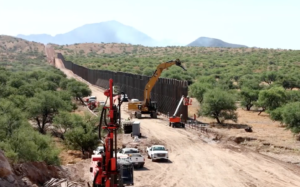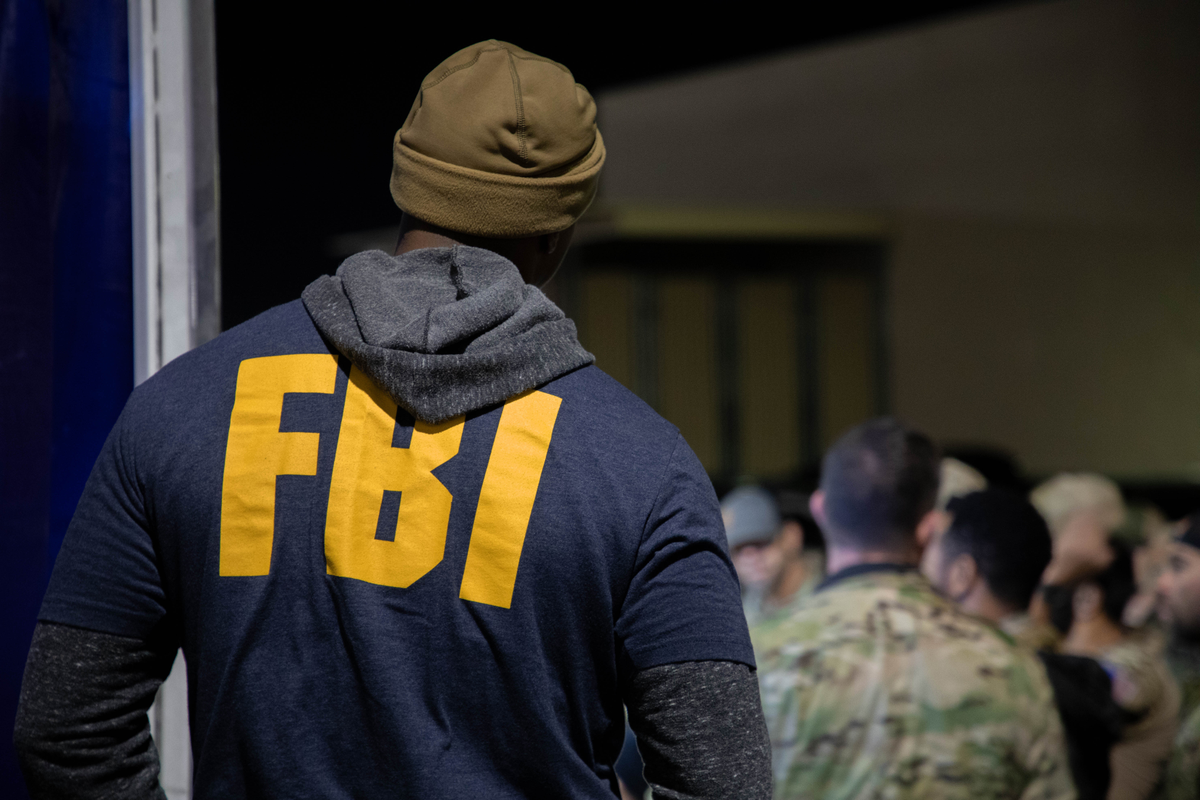
By Steve Neavling
ticklethewire.com
Steel and concrete border walls get all the media hype, but a new mobile technology may prove to be a far more effective and inexpensive way to combat illegal immigration.
U.S. Customs and Border Protection is trying out telescoping surveillance towers on the Arizona border that can track illegal crossers with infrared and daytime cameras, along with laser range-finders, NPR reports. Capable of tracking a target miles away, the autonomous surveillance towers can be mounted on a pickup truck and operated remotely.
“The camera sees something, it’s going to alert and send that information to an agent in the field. So my iPhone will have an app on it and that information will come directly to me,” Kelly Good, deputy executive director of CBP’s Program Management Office Directorate, says.
Steel and concrete walls, however, appear to be the Trump administration’s priority.
“We now are in a time where we can build this virtual border wall technology. We have that already. I mean, you got the autonomous surveillance towers,” Rep. Henry Cuellar, a Texas Democrat from a border district, says. “But there’s political pressure from the White House. They’re saying, ‘Build me the wall. Get me miles.’ “






The people who know best — the border patrol – have been trying to build a “virtual wall” for 15 years. Originally known as the Integrated Surveillance Information System (ISIS), the
program’s name was changed to the America’s Shield Initiative (ASI) in FY2005. DHS
subsequently folded ASI into the Secure Border Initative (SBI) and renamed the program SBInet
Technology (SBInet).
The Democrats have long supported giving the experts what the want — the virtual wall.